Happy September! As summer draws to a close, we are featuring a heartier dish—roulade of beef—as well as the history of German immigration to America and Colorado. Last month we discussed the Colorado Gold Rush and the influx of people this event brought to the state. One group of people specifically were German immigrants. That influence shaped the food that became popular, and was later served on the railroads.
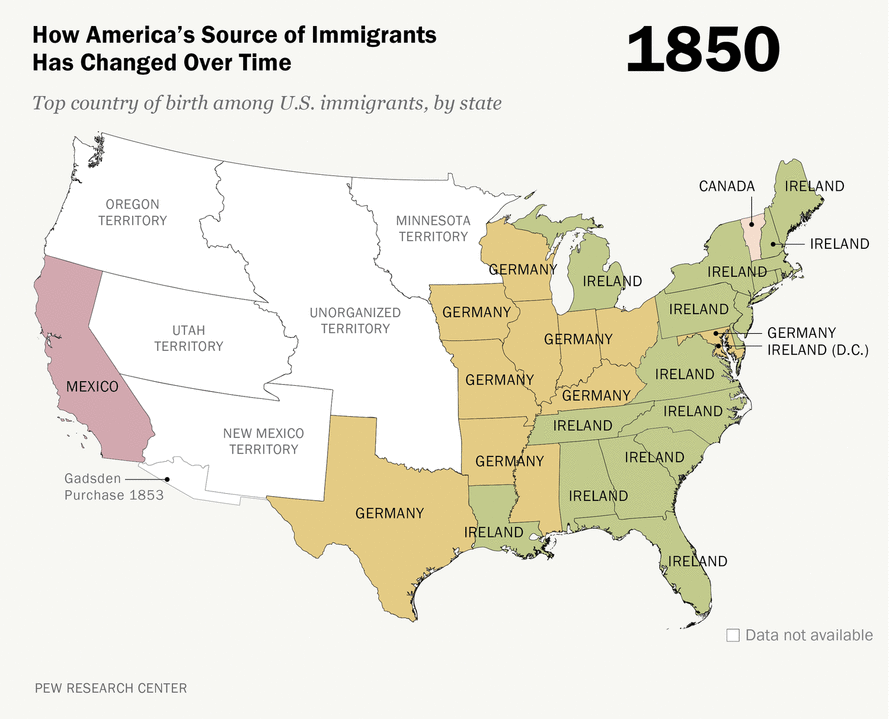
Figure 1 Diagram of immigration in the United States from 1850 through 2013.
Though the gold rush first brought immigrants to Colorado, German immigrants were some of the earliest to come to America and traveled to colonial Jamestown in the early 17th century. Subsequent waves of immigrants included substantial numbers of Germans, a trend that continued into the 19th century. Germans immigrated to the United States at a higher rate than immigrants of any other country. They escaped to America in the colonial era for religious freedom and fled the political turmoil of Germany throughout the 19th century.
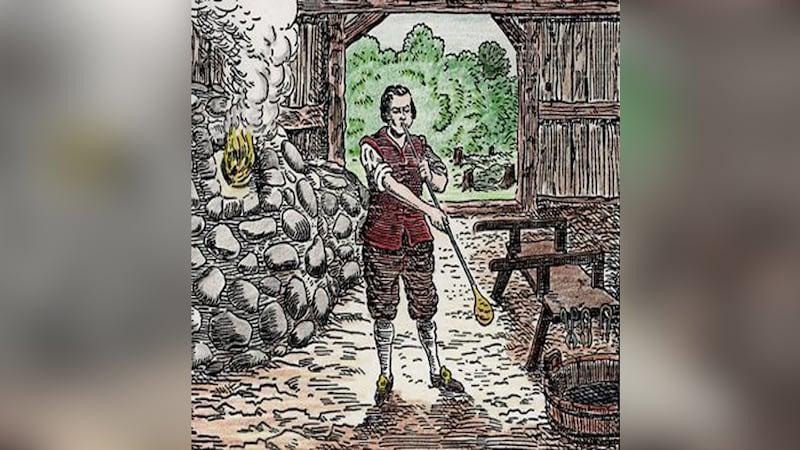
Figure 2 Artist rendering of a German glassblower in colonial Jamestown.
Many of the Germans who came to Colorado were farmers. One group in particular were the Volga Germans. Volga Germans had immigrated to Russia in the 18th century at Catherine the Great’s invitation. They established farming communities and took on some Russian cultural influence, while maintaining their own German cultural traditions. From the 1870s-1910s, however, the Volga Germans came to Colorado to escape the new policies Russia was enacting on the group. Their Russian cultural influences meant many of the Anglo Americans in Colorado looked down on them, and they took on undesirable jobs with other minorities including hard agricultural labor and work in sugar beet factories.
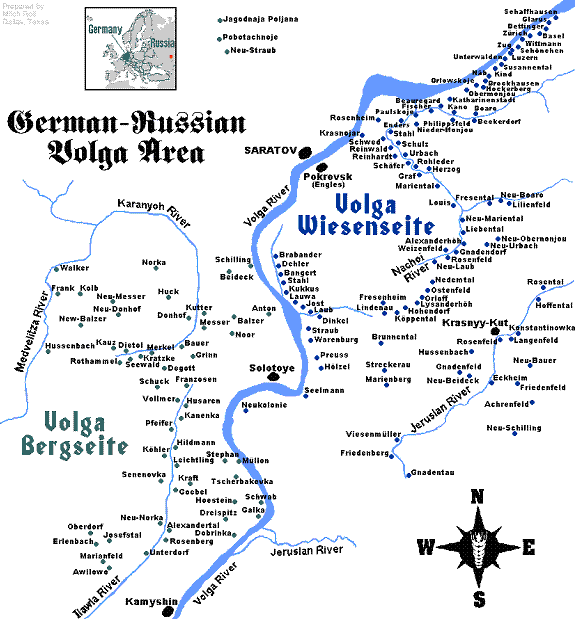
Figure 3 Map of Volga, where Germans settled in Russia.
The legacy of German immigration in the nation remains strong, though is often hidden today. The pressure to Americanize German foods and names was high during World War I and World War II due to the conflict with Germany. Despite that, German is the language spoken the most in Colorado today after English and Spanish. Additionally, 40 million Americans claim German ancestry, which is more than any other group with the exception of the British.
Before we share this month’s recipe, let’s discuss its history. The history of the dish itself is a little hard to pinpoint, but most sources agree that it originated in Europe though there are different versions. Roulade comes from a French word “rouler” meaning to roll. It became a popular dish in Germany and was called rouladen of beef there. Though the recipe we are sharing today calls for beef, earlier versions may have used pork or veal as well.
Roulade of beef or some variation was published in both the Super Chief Cook Book and a Southern Pacific recipe booklet. The Super Chief Cook Book was published in the 1940s “with the compliments of the Santa Fe Railway and Fred Harvey,” according to the foreword. Fred Harvey was renowned for the quality of food and service that he provided in his Harvey Houses along the Atchison, Topeka & Santa Fe Railroad beginning in 1876. The booklet described the quality of food that was initially available to passengers while traveling by rail as “uniformly primitive” and “as much of a peril as the train robbers and bad men of the wild and woolly early days in the West.” The recipes provided in the booklet were the popular ones served throughout the years.
Interestingly, we were unable to locate an actual menu offering roulade of beef on either the AT&SF or SP railroads. If any of our readers is aware of one, we’d love to hear from you!
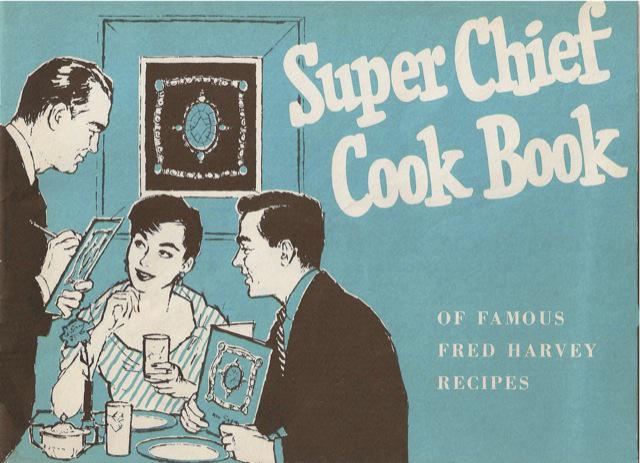
Figure 5 Super Chief Cook Book cover.
We hope you enjoyed our brief history on German immigration. As always, if you do try the recipes let us know on our social media channels, or in the comments below!
Super Chief Cook Book Roulade of Beef
Ingredients:
4 8-ounce pieces sirloin butt
2 teaspoons salt
¼ teaspoon pepper
4 slices bacon
4 thick slices onion, cut in half
1 large dill pickle, cut lengthwise into fourths
¼ cup all-purpose flour
4 teaspoons butter
1 tablespoon all-purpose flour
2 cups beef broth
2 tablespoons catsup
Directions:
Flatten steaks with meat cleaver until very thin; season with salt and pepper. On each steak, place a slice of bacon, ½ onion slice, and one pickle stick. Roll up steak and tie with string. Roll in ¼ cup flour and saute in butter until well browned. Add 1 tablespoon flour to butter. Add broth and catsup, cover pan and cook slowly for 30 minutes. Remove string before serving. Yield: 4 servings.
Southern Pacific Roulades of Beef
Ingredients:
4 slices (5 to 6 oz. each) top round
4 slices bacon
1 small, quartered French carrot
1 only quartered sour pickle
4 only olives
1 tablespoonful minced onion
2 tablespoonfuls flour
2 medium sized tomatoes
1 ounce butter
White Pepper
Salt
Directions:
Pound meat flat, season and sprinkle with onions. Roll in bacon, carrot, pickle and olives. Tie securely. Dredge with flour and fry in butter until brown. Remove meat to a saucepan. Sprinkle balance of flour into frying-pan, let brown nicely, then add enough water or stock to stir up a sauce. Break in tomatoes, and boil for about ten minutes. Strain over roulades and braise until soft. Remove strings before serving.
Dining OFF the Rails August 2024: Colorado’s Gold Rush and Hardtack
Dining on the Rails July 2024: Mary Engle Pennington and Union Pacific Chicken Salad
Dining OFF the Rails: Buffalo Bill, Delmonico’s, and Quail on Toast
Dining on the Rails: Oyster Pie and Olive Dennis
Dining on the Rails: Braised Rolled Calf’s Liver En Casserole and the Denver Zephyr
Dining on the Rails: Hashed Browned Potatoes and Potato Trains
Dining on the Rails: Champagne!
Railroad Hot Chocolate!
Pumpkin Pie!
Fred Harvey Coffee and Flank Steak
Roast Leg of Mutton
Mineral Water Lemonade
Roast Spring Lamb
Fruit Salad and Fruit Salad Dressing
Union Pacific Cole Slaw with Peppers
Bourbon Toddy
Cinnamon Toast and Children’s Menus
Harvey Girl Special Little Thin Orange Pancakes
Old Fashioned Navy Bean Soup
Apple Cider
Peach Cobbler
Barbeque
Mountain Trout
Eat like a Hobo!
Mother’s Day Shirred Eggs
How about a nice Old Fashioned?
French Toast, Anyone?
A Chocolatey Valentine’s Treat!
Western Pacific Pork Tenderloin
Cranberry Sauce
Oyster Stuffing!
Chicken Pot Pie
Chili
August 2021 – Pullman “Tom Collins” Cocktail
How about a salad?
Atchison, Topeka & Santa Fe Ham!
CRI&P’s New England Boiled Dinner
A Sweet Treat for your Valentine!
Black Eyed Peas!
Eggnog
Happy Thanksgiving!
Union Pacific Apple Pie
August 2020
July 2020
June 14, 2020
June 7, 2020
May 31, 2020
May 24, 2020
May 17, 2020
May 10, 2020
May 3, 2020
April 26, 2020
April 19, 2020
April 12, 2020
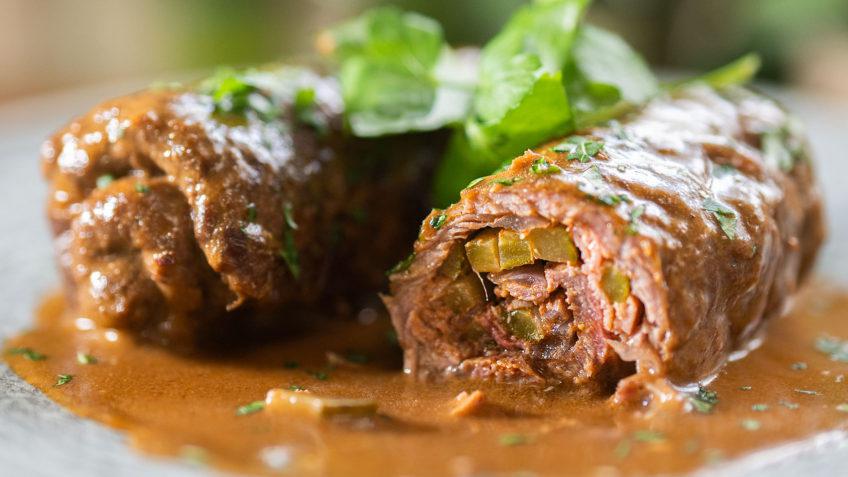

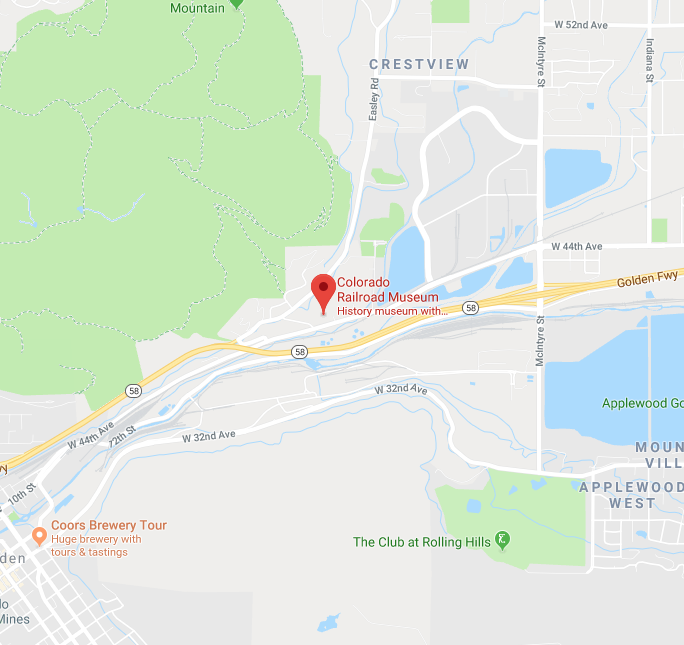

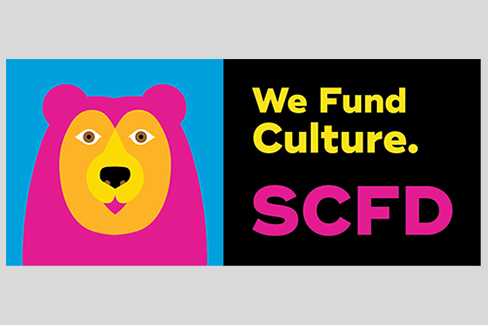
0 Comments